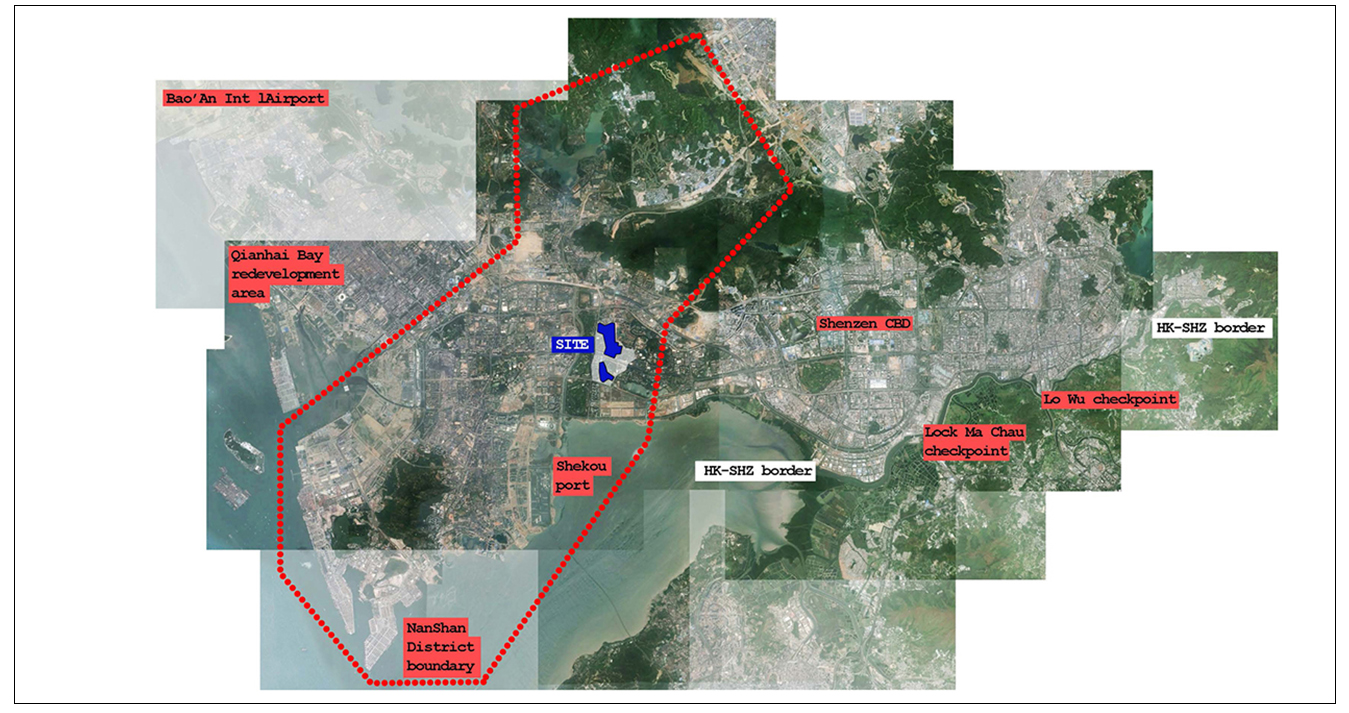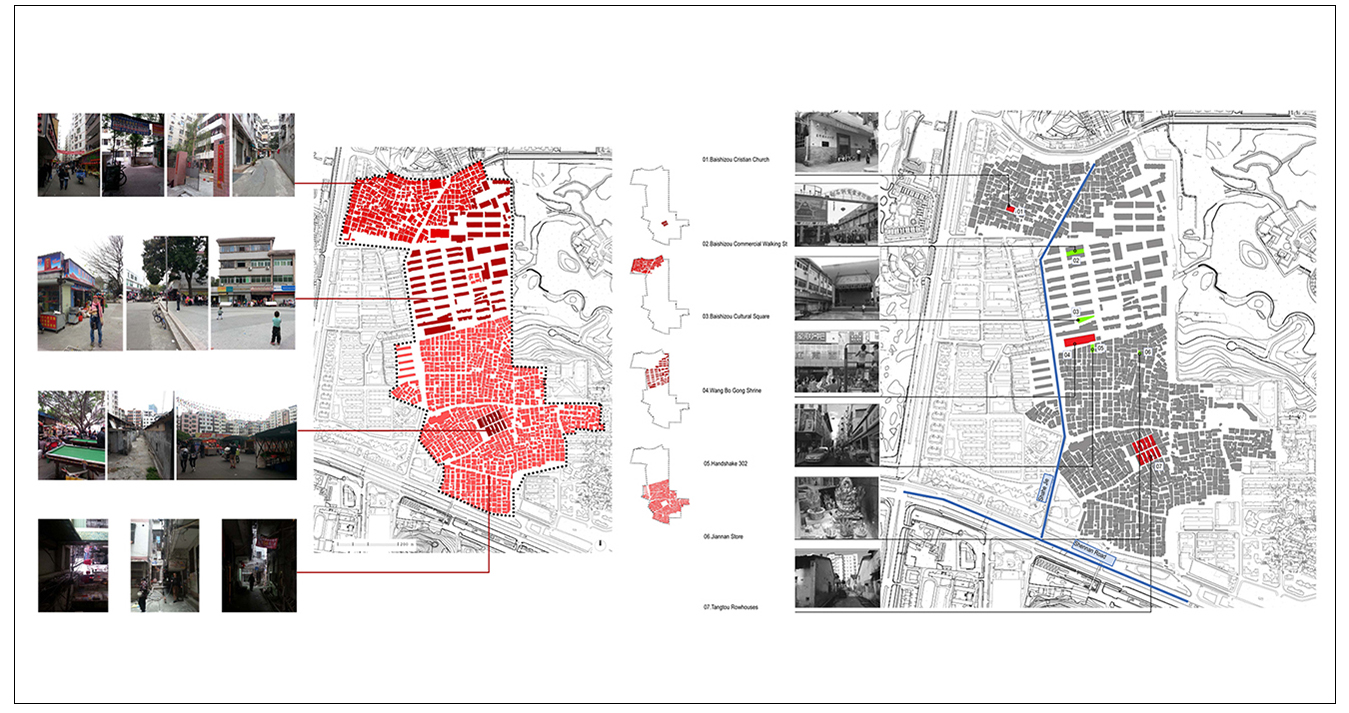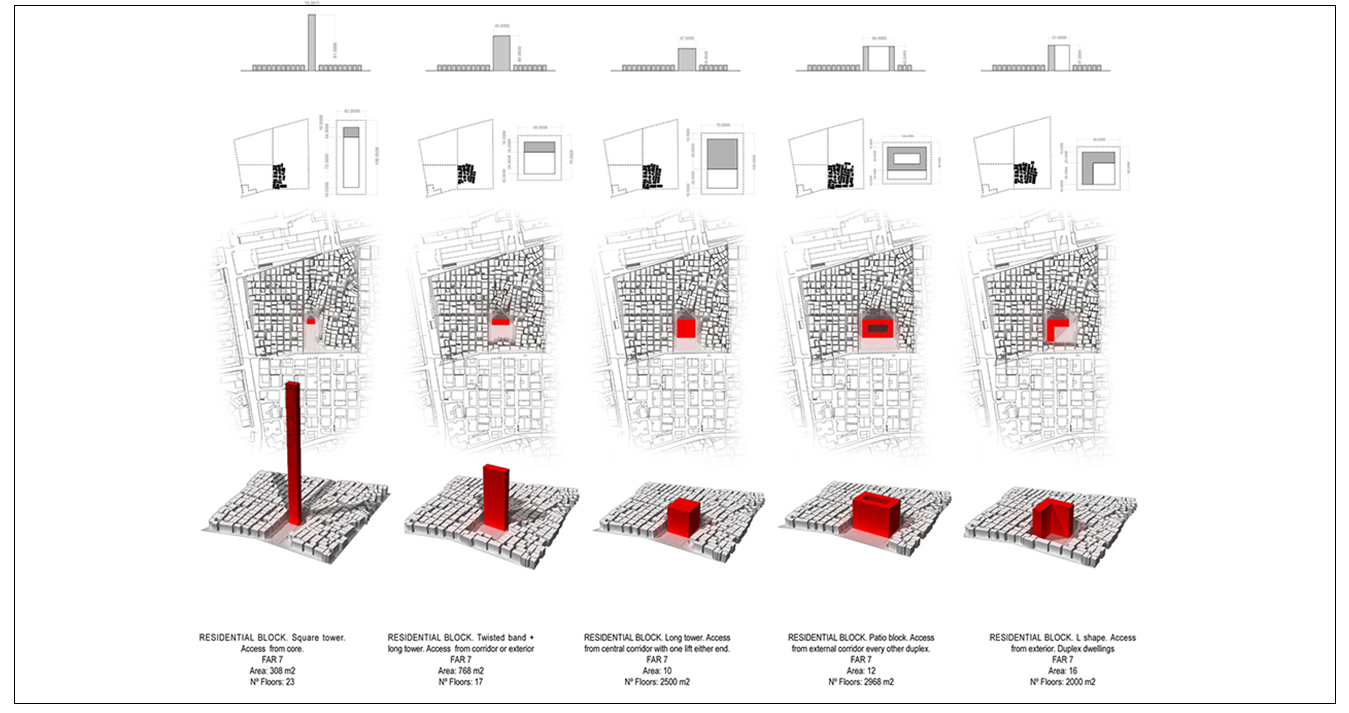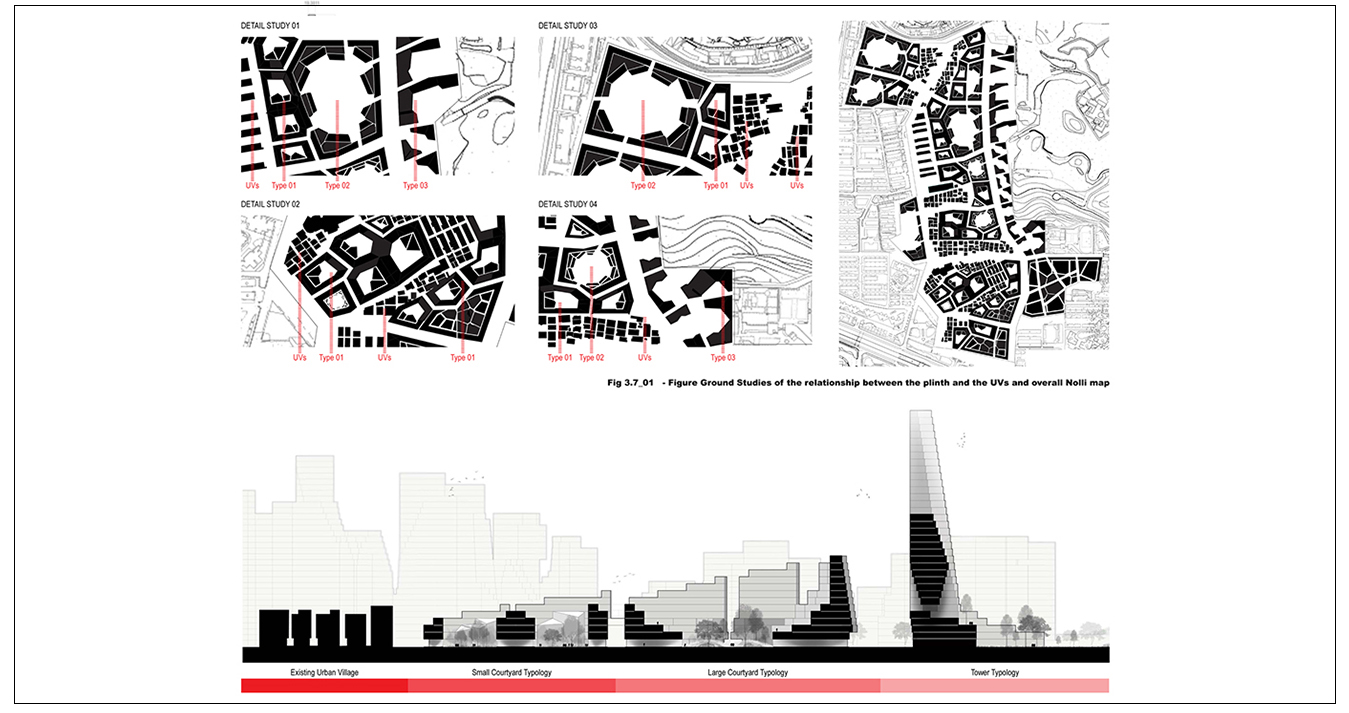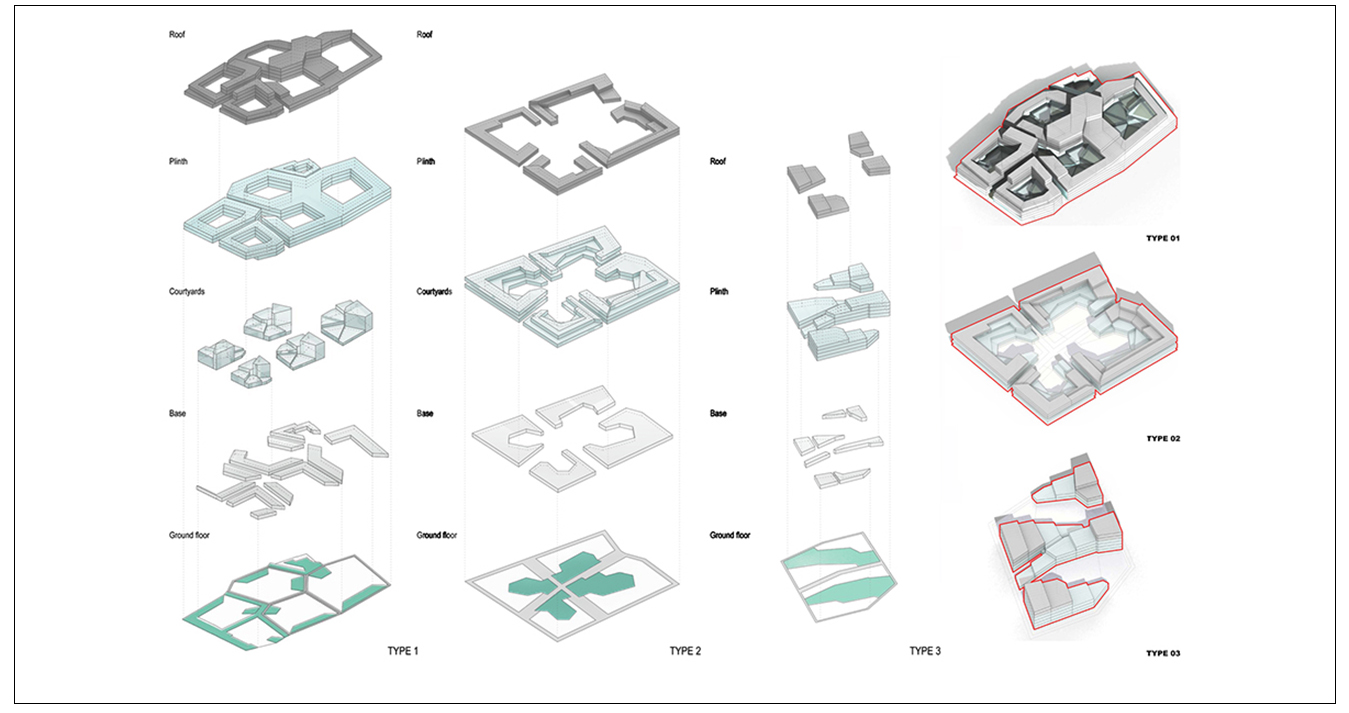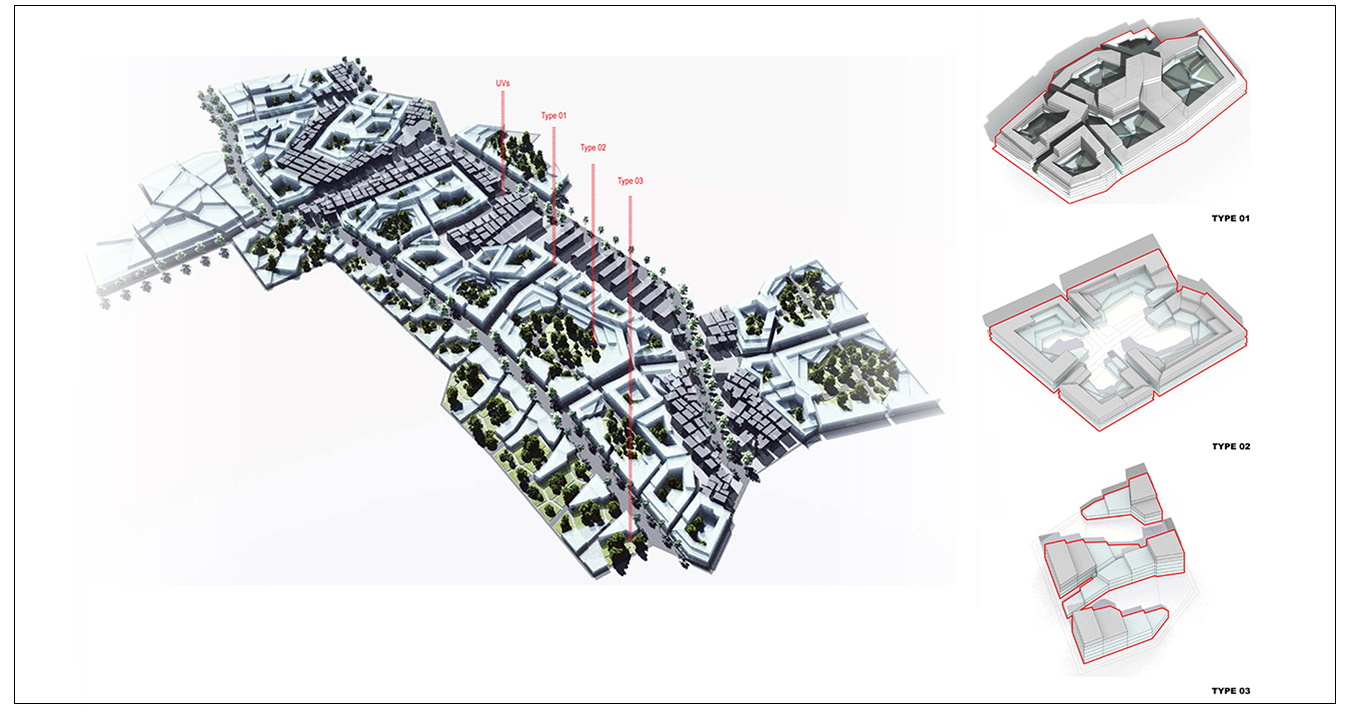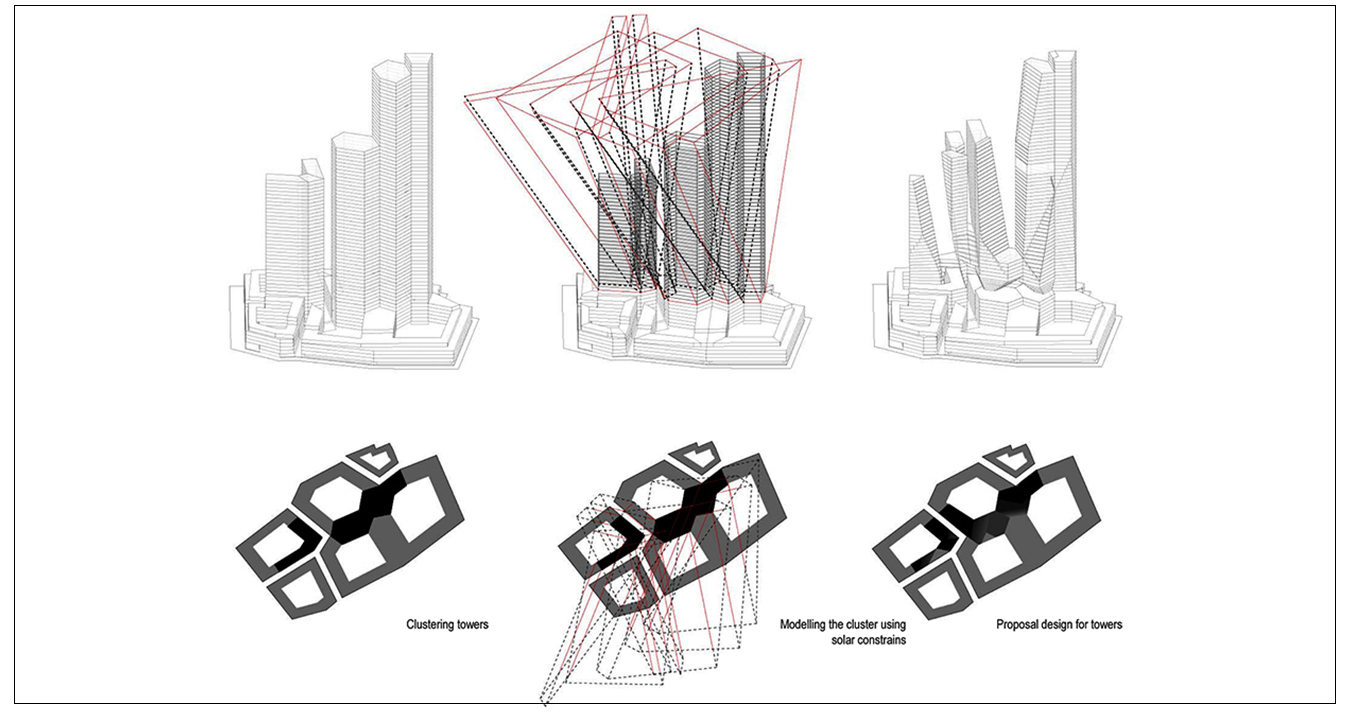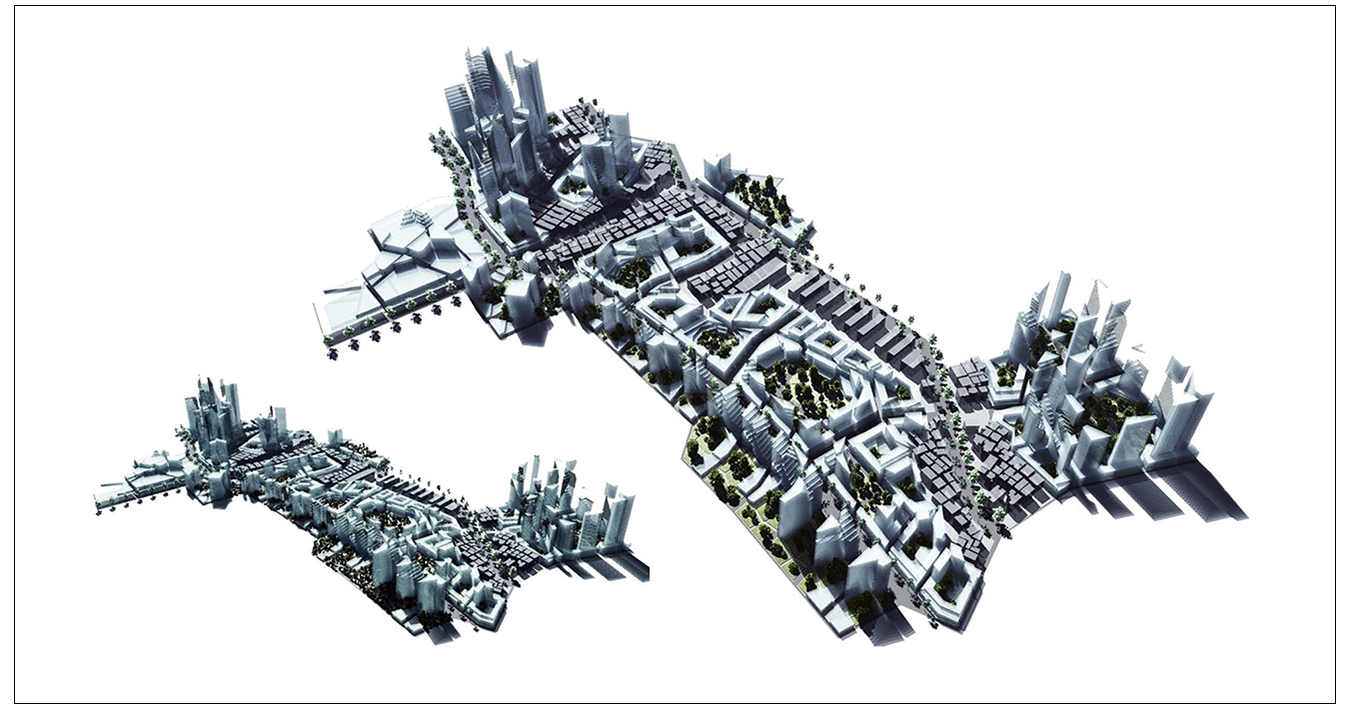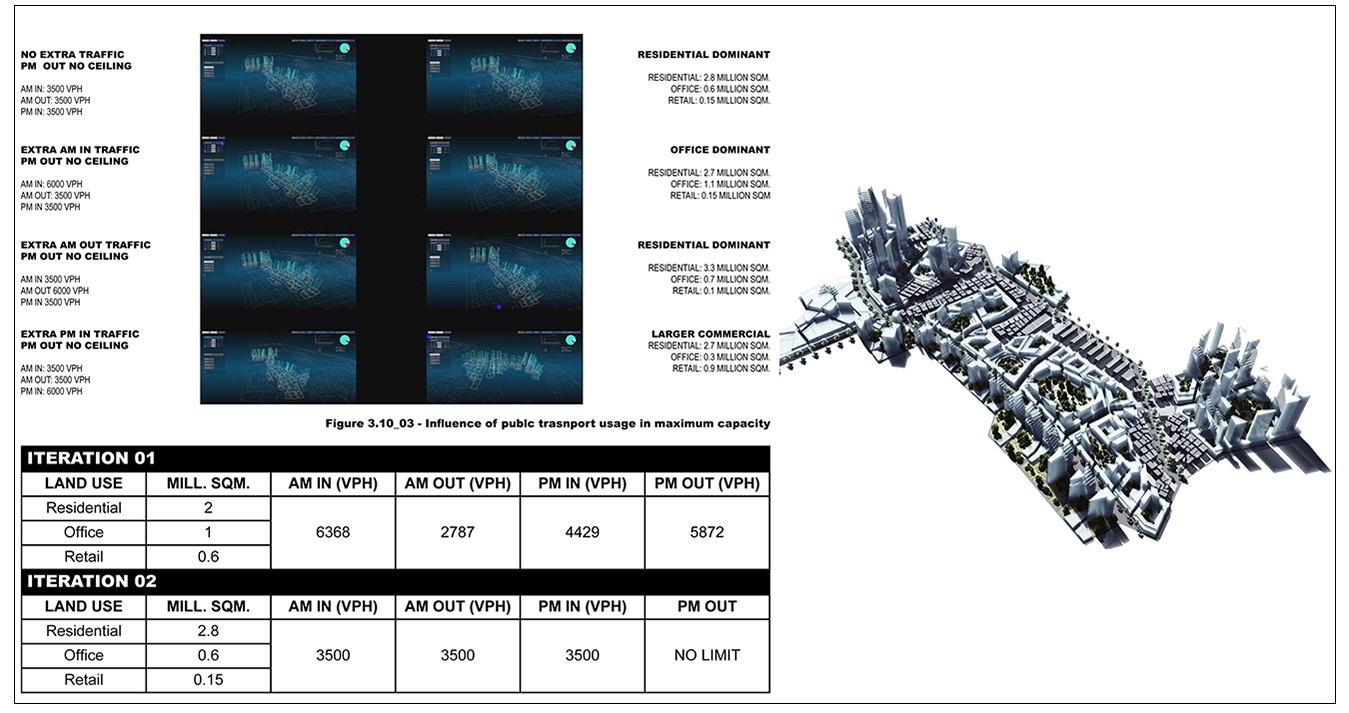Baishizhu RUM
BaishiZhou is an urban village (UV) located in the centre of Shen Zhen. While strategically located with good transport links and surrounded by one of the most expensive pieces of real estate in SZ, the quality of buildings is poor, as most cases of UV’s. This can have associated health problems and also economic ones, since low quality of fabric linked to ownership problems de-incentivise investment.
BaishizhouRUM proposes a digital interface to facilitate the development of BashizhouUrban Village, in ShenZhen, China. The interface through stakeholder negotiations aims to achieve the following:
Balance between new fabric and old fabric.
+Maintenance of existing urban character and provision of a new character
+Maximising revenue for developer.
+Observe sustainability objectives.
+Minimise impact on transport network both public and private.
The strategy to achieve the above includes the following parameters:
Analysis of the typical negotiation process.
Analysis of the existing urban fabric.
Analysis of relevant guidelines and regulations.
Proposal of Urban Fabric.
Traffic study and site capacity.
Development of an economic model.
Development of an interface.
- [year] 2016
- [credits] Enriqueta Llabres, Giorgio Ponzo, Jung Hyun, Woo Juan, Carpio Javier Serrano, Giulia Grassi
- [Coding Direction] Immanuel Koh
- [Arup] Eduardo Rico
- [Peer review] Charles Waldheim
Baishizhu RUM
BaishiZhou is an urban village (UV) located in the centre of Shen Zhen. While strategically located with good transport links and surrounded by one of the most expensive pieces of real estate in SZ, the quality of buildings is poor, as most cases of UV’s. This can have associated health problems and also economic ones, since low quality of fabric linked to ownership problems de-incentivise investment.
BaishizhouRUM proposes a digital interface to facilitate the development of BashizhouUrban Village, in ShenZhen, China. The interface through stakeholder negotiations aims to achieve the following:
Balance between new fabric and old fabric.
+Maintenance of existing urban character and provision of a new character
+Maximising revenue for developer.
+Observe sustainability objectives.
+Minimise impact on transport network both public and private.
The strategy to achieve the above includes the following parameters:
Analysis of the typical negotiation process.
Analysis of the existing urban fabric.
Analysis of relevant guidelines and regulations.
Proposal of Urban Fabric.
Traffic study and site capacity.
Development of an economic model.
Development of an interface.


